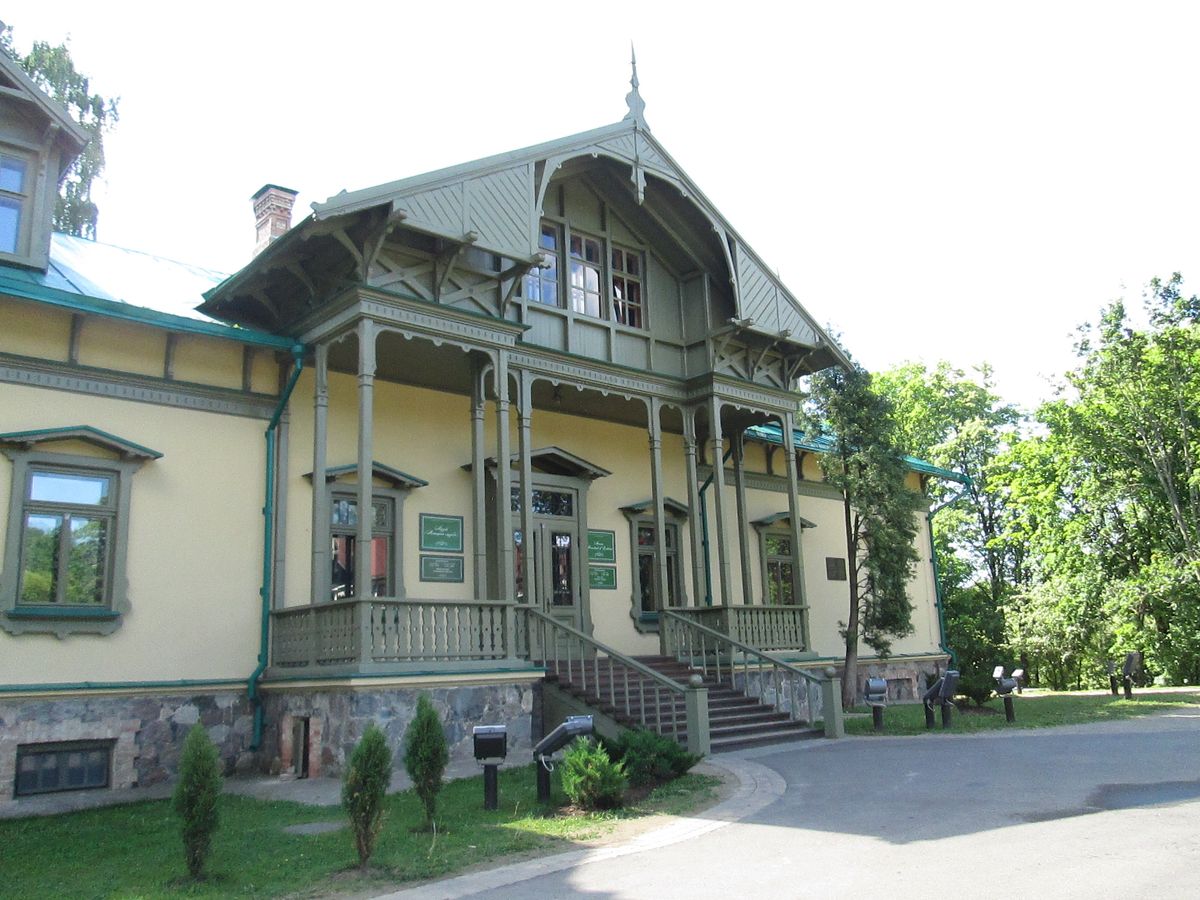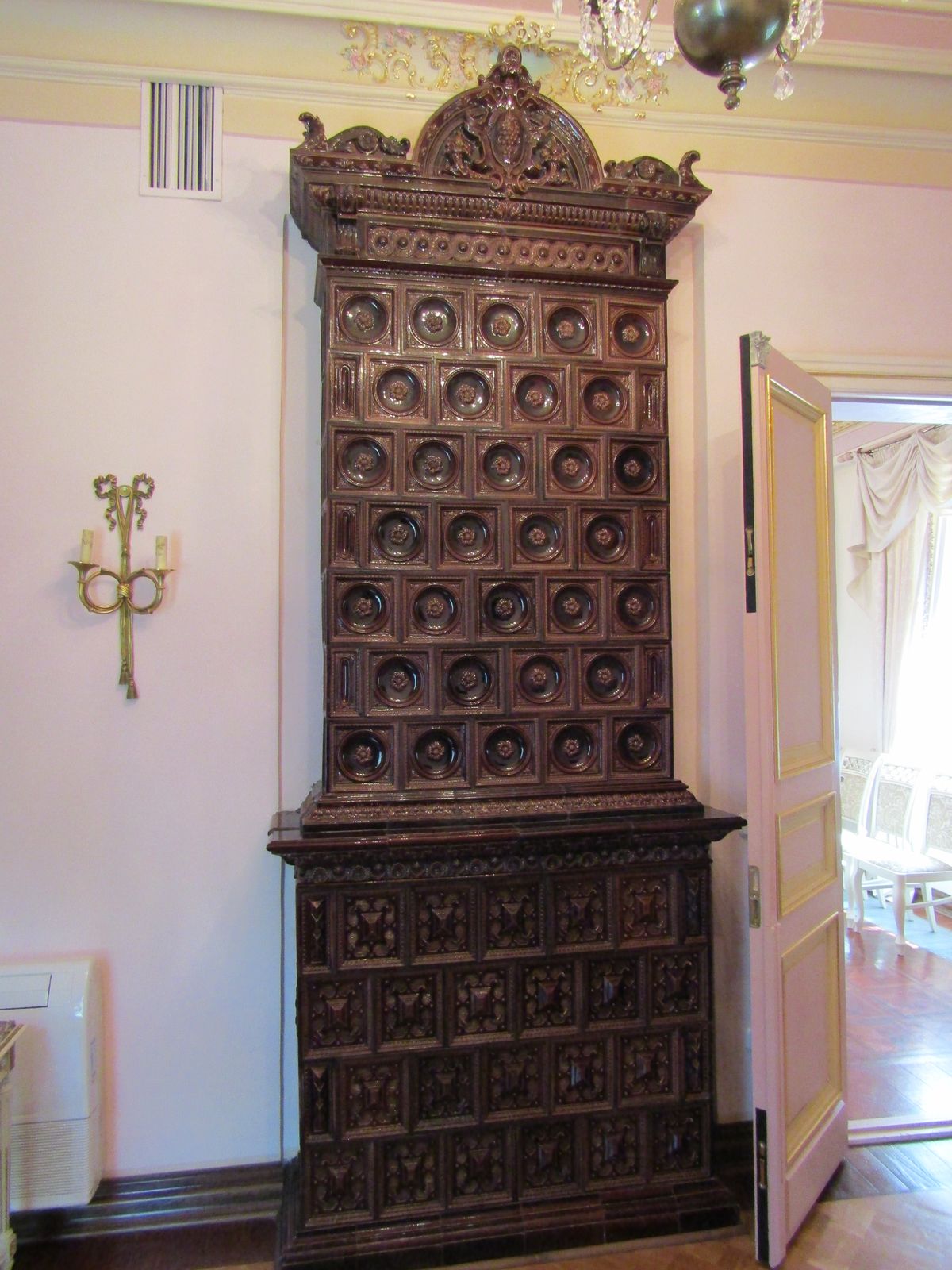About
On the outskirts of the Belarusian capital, covering an area of more than a hundred hectares is the picturesque Loshitsa Manor and Park. An avenue of linden trees leads up from the gate to the charming country mansion. Overlooking a lush meadow, where the Loshitsa River merges with the Svislach, the manor offers scenic river views. Surrounded by well-tended gardens and lawns, the estate includes fruit orchards and extensive woodlands. There is also a crop of outbuildings: a gatehouse and steward's residence, as well as ruins of a family chapel, a stone mill, and a brewery.
A manor has stood in this property since the 16th century. Owned by a succession of noble families, it was inherited by Evstafy Lyubanski in the late 19th century. He initiated large-scale restructuring of the old wooden house, adding a stone guest wing to the existing building. The manor now presented an interesting asymmetrical appearance, embellished with elements of Art Nouveau architecture, which was popular at that time.
The interior of the house was elegantly furnished with period furniture, gilded mirrors, paintings, art objects, and magnificent, ceramic tiled, floor to ceiling stoves. The lady’s boudoir was oriental in flavor, with a portrait of Yadviga Lyubanskaya, resplendent in a Chinese robe, on one of its walls. Loshitsa Manor reputedly had the first bathroom with indoor plumbing in Minsk.
The park had ancient trees, some as old as two hundred years. Lyubanski, who was an amateur botanist, added rare and exotic shrubs and trees like the Manchurian Apricot and the Crimean Pine.
Evstafy Lyubanski courted and married a notable beauty of the time, Yadviga Lyubanskaya. A gracious hostess, she was known for her glamourous balls in their sumptuous white ballroom and poetry reading sessions in their library, well attended by the upper crust society of Minsk.
Tragically, Yadviga’s life ended under mysterious circumstances, some say as a consequence of an illicit love affair. After her untimely death, her distraught husband left for the Caucasus, never to return. Loshitsa Manor ceased to be a family home.
In the ensuing years, Loshitsa served in various capacities: an agricultural research facility, headquarters of the occupying German forces during World War II, and an office of a United Nations agency after the war. It lay abandoned and in disrepair for several decades before restoration began after the Independence of Belarus. The manor house, painstakingly restored to look like it did in the early 20th century, is now a museum.
Related Tags
Community Contributors
Added By
Published
August 10, 2021































